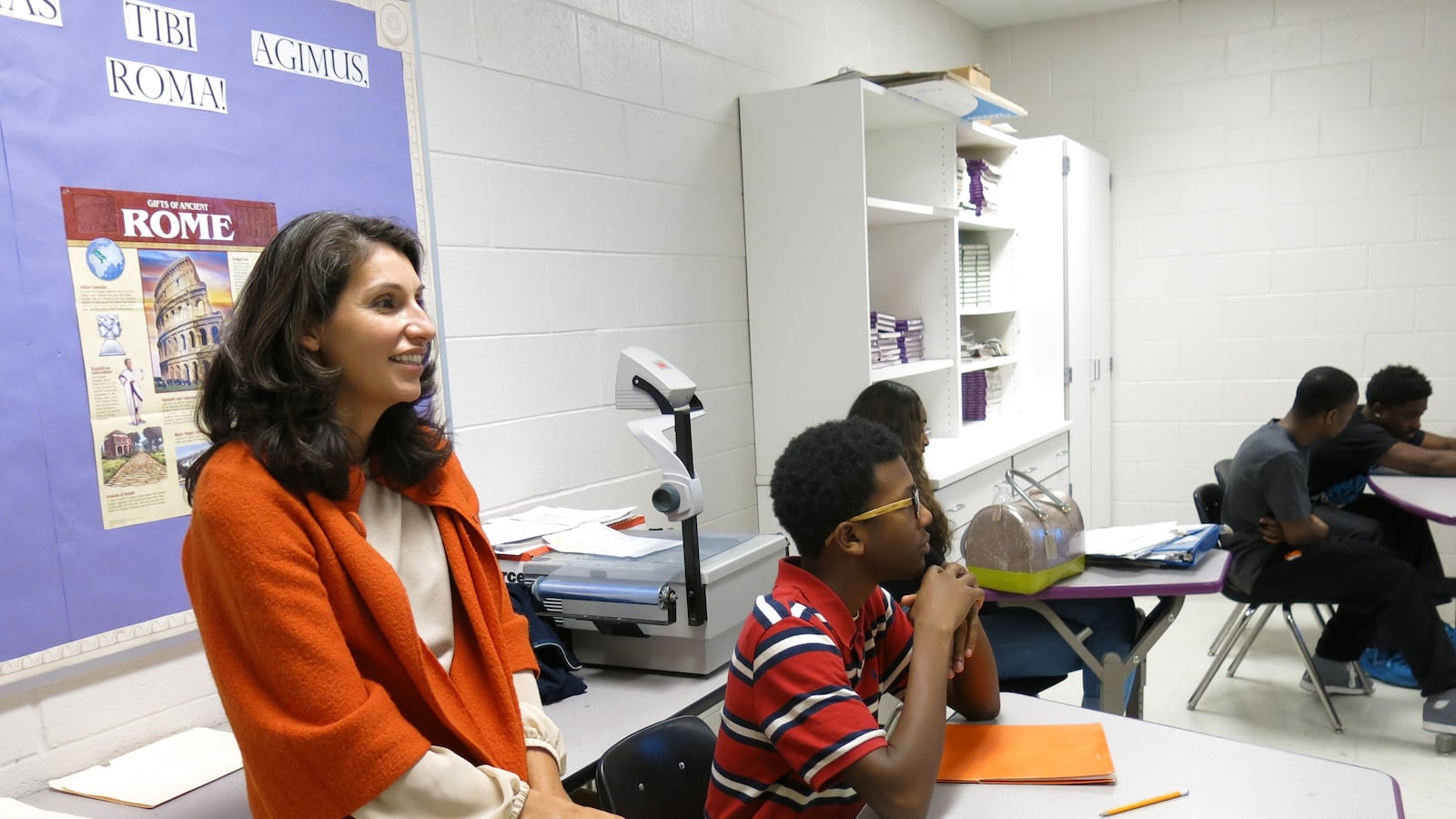All the anxieties about the proposed Student Success Act, chewed over in countless informal meetings during the last several weeks, were laid out in exhaustive public detail Monday during a six-and-a-half-hour House Education Committee hearing.
Supporters of the bill had their say as well, but opponents of the measure – and those who want significant amendments – dominated the session, which featured some 60 witnesses.
The success act, House Bill 14-1292, is the 2014 session’s centerpiece education bill. It proposes to reduce the state’s $1 billion education funding shortfall by $100 million, gives districts $40 million to help pay for implementing recent reform laws, another $40 million in construction funding, $35 million to improve programs for English language learners, $20 million for early literacy programs, $15 million to pay for a new enrollment counting system and a new school budget transparency system and $13 million in additional funding for charter school facilities. (See this chart for more details.)
The bill is sponsored by three of the legislature’s most influential members on education policy, Reps. Millie Hamner and Carole Murray and Sen. Mike Johnston. Some of the bill’s provisions are reworked portions of Senate Bill 13-213, Johnston’s grand school finance overhaul that was shelved after voters defeated Amendment 66 last November. HB 14-1292’s elements also were carefully assembled to gain support from both Democrats and Republicans in the legislature.
The bill is backed by education reform interest groups long allied with Johnston, a Denver Democrat. But it has sparked widespread opposition among superintendents, many school boards and teachers groups. Feeling pressured by six years of new state education mandates and more than four years of budget cuts – and discouraged by voter rejection of $1 billion in new education revenue – districts are pushing back.
Their consistent but respectful plea as the afternoon turned to evening boiled down to two points – reduce by as much as possible the $1 billion school funding shortfall (known as the “negative factor”) created by the recession, and don’t impose new or expanded programs on districts, with state bureaucracy and regulation attached.
Monday’ hearing was a key event in the intensifying conversation, but it wasn’t a decision point. Hamner, a Dillon Democrat, had announced last week that the committee wouldn’t consider amendments nor vote on the bill Monday.
She told Chalkbeat Colorado that she hasn’t decided when the committee will next work on the bill, or if that session will take place before or after March 18, when state economists issue their quarterly revenue forecasts. Those forecasts will provide the numbers legislators need to finalize both school funding measures and the main state budget bill.
“We’re going to have to work together over the next few weeks to get this absolutely right,” Hamner said, “We will do our very best to respond to what we heard tonight … everyone recognizes that we need to move forward in a way that’s fiscally responsible. … We have a very tough job ahead of us.”
Murray, a Castle Rock Republican, said, “We would like to get all the comments possible from today’s hearing and then go from there.”
Hamner did make a point of noting that under HB 14-1292 and a companion measure, House Bill 14-1298, average per-pupil funding could increase by $403 next year, plus an additional $236 dollars for each English language learner.
Sponsors already have given some ground on the bill. Rough early versions of the measure didn’t proposed any reduction of the negative factor, for instance.
Much of Monday’s testimony focused on districts’ desire to cut into the negative factor. Holyoke Superintendent Bret Miles said, “We need the General Assembly to put the negative factor ahead of pet projects.”
Other superintendents criticized the bill’s proposals to convert to the average daily membership method of enrollment counting and to require districts to publicly report school-level spending, including salaries.
“Districts don’t have the capacity to support the extra mandates proposed in the bill,” said Eaton Superintendent Randy Miller.
Although a phalanx of rural superintendents provided much of the testimony, DPS Superintendent Tom Boasberg, Liz Fagen of Douglas County and Cherry Creek’s Harry Bull also supported significant reductions in the negative factor.
Leaders of two high-poverty districts, Sheridan and Commerce City, were more complimentary about the bill, saying it would help their schools.
While it generally seemed clear where most witnesses stodd, Westminster Democratic Rep. Cherilyn Peniston, who was chairing the meeting, asked several people to clarify if they were for or against the bill.
Center Superintendent George Welsh spoke for many when he said, “I’m not against the bill; I’m for improving it.”
Unequivocal support for the bill came only from witnesses representing reform and business groups such as Colorado Succeeds, the Denver Metro Chamber of Commerce, the Colorado Children’s Campaign, Democrats for Education Reform and Stand for Children. But leaders of the South Metro Denver Chamber opposed the bill, calling it too bureaucratic.
Witnesses representing charter schools spoke in support of the bill’s increased funding for charter facilities costs.
HB 14-1292 has 35 House sponsors from both parties, although that support may change depending on the final form of the proposal. So far the bill has only one Senate sponsor – Johnston – and there’s much Capitol speculation about the bill’s prospects in that chamber.
House Education on Monday also took testimony on House Bill 14-1298 – only 13 witnesses and an hour of testimony. The bill is the routine annual school funding bill, but it does propose increasing the number of preschool and kindergarten slots for at-risk students by 5,000 and giving boards of cooperative education services an additional $2 million, primarily to help small districts implement new education laws.


